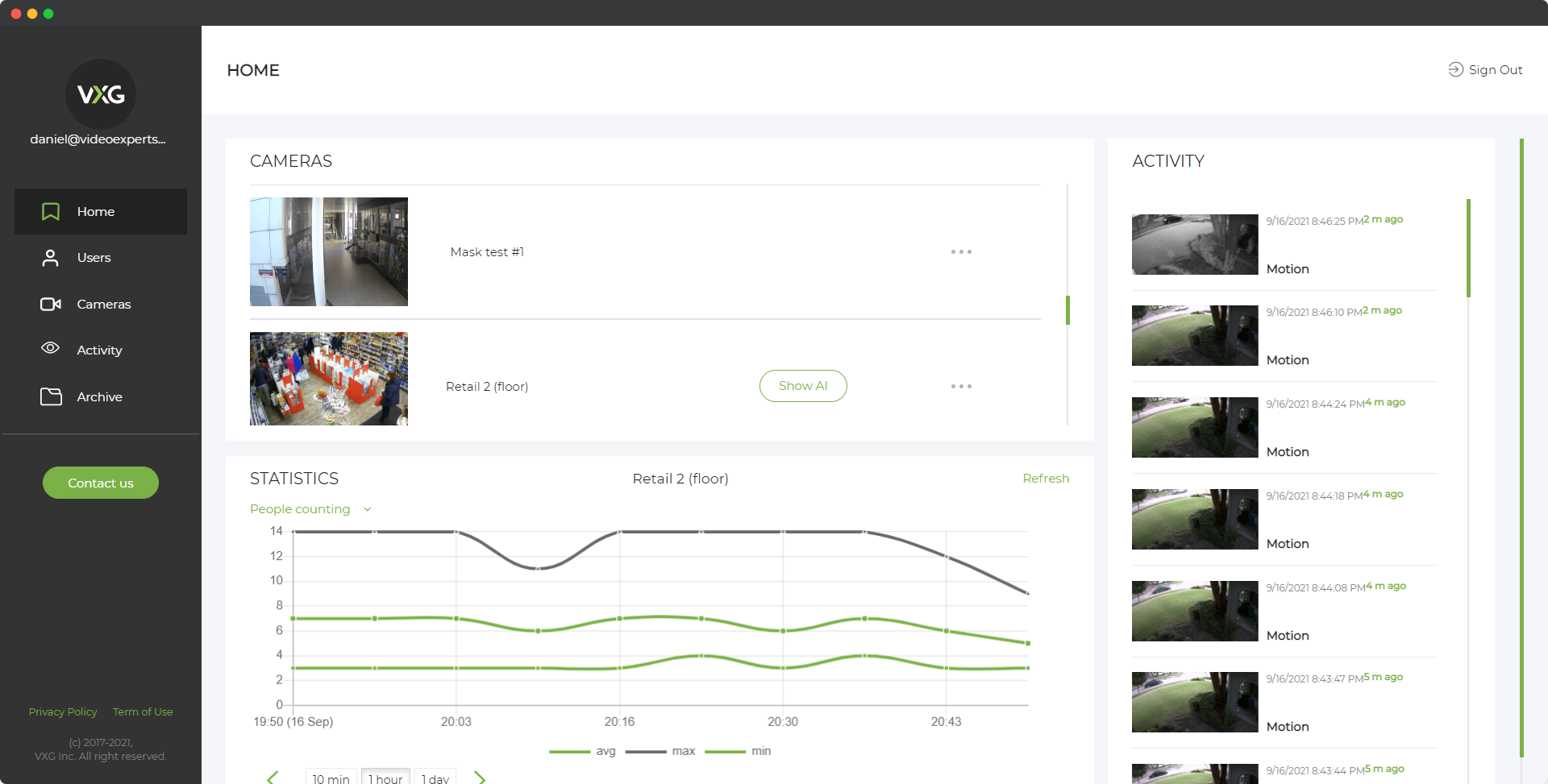As live streaming and real-time communication become more prevalent, ensuring the security of these transmissions is essential. This is where RTMPS (Real-Time Messaging Protocol Secure) comes into play. RTMPS is a secure version of the widely used Real-Time Messaging Protocol (RTMP), designed to transmit live audio, video, and data over the internet with encryption. It is commonly used for live streaming on platforms like YouTube, Twitch, and Facebook Live to protect sensitive data and prevent unauthorized access during transmission.
This article will explore the meaning of RTMPS, how it works, why it's important for secure live streaming, and how you can use it.
Meaning
RTMPS (Real-Time Messaging Protocol Secure) is an encrypted version of RTMP that adds a layer of security by utilizing SSL/TLS encryption. While RTMP focuses on efficient, low-latency streaming, RTMPS ensures that the data being streamed is encrypted, protecting it from potential interception or unauthorized access. The protocol encrypts the communication channel between the client (such as streaming software) and the server (like YouTube or Facebook Live).
The security feature of RTMPS makes it especially important for platforms that handle sensitive content, ensuring that user data, stream keys, and media are all transmitted securely.
How RTMPS Works
RTMPS works in a manner similar to RTMP but with an additional layer of encryption. Here’s how the process works:
-
Encryption with SSL/TLS: RTMPS uses Secure Sockets Layer (SSL) or Transport Layer Security (TLS) to create an encrypted connection between the client and server. This encryption prevents any third-party entities from intercepting or altering the data.
-
Handshake: Before the streaming begins, a secure handshake takes place between the client and server. This handshake establishes the secure connection and agrees on encryption protocols.
-
Transmission of Media: Once the handshake is complete, the audio, video, and data are divided into small packets, just like in RTMP. These packets are then transmitted over the encrypted connection.
-
Playback: The encrypted data is received by the streaming platform, where it is decrypted and made available to viewers in real time. Because of SSL/TLS encryption, the data remains secure from the moment it leaves the client until it reaches the platform's servers.
By securing the data in transit, RTMPS prevents attackers from using "man-in-the-middle" attacks to steal information like stream keys, credentials, or the media being broadcasted.
Why Use RTMPS?
RTMPS has become an essential protocol for secure live streaming, and there are several reasons why it is used in modern streaming environments:
-
Enhanced Security: RTMPS ensures that all data transmitted during a live stream is encrypted. This prevents hackers from intercepting sensitive information like stream keys, usernames, passwords, or the content itself. This is particularly important for businesses or individuals who may be streaming confidential or sensitive information.
-
Compliance with Security Standards: Many platforms, especially those handling personal or financial data, require compliance with strict security standards such as GDPR or HIPAA. RTMPS helps meet these standards by ensuring that data is encrypted in transit.
-
Prevents Stream Hijacking: Without encryption, live streams are vulnerable to hijacking, where an attacker might take over the stream and broadcast unwanted or harmful content. RTMPS minimizes this risk by securing the connection.
-
Authentication and Integrity: RTMPS ensures that the data being transmitted is not only encrypted but also authenticated. This means that only authorized clients and servers can communicate, and the integrity of the data is maintained, preventing tampering or corruption.
-
Platform Requirement: Many live streaming platforms now require the use of RTMPS for broadcasting. For example, Facebook Live requires streams to be sent over RTMPS to ensure the security of their platform and users.
How to Use RTMPS
Using RTMPS for live streaming is similar to using RTMP, but with the added requirement of a secure connection. Here’s how you can set up RTMPS in your live stream:
-
Select a Streaming Platform: Platforms like Facebook Live, YouTube, and others provide an RTMPS URL to use when streaming. These platforms enforce the use of RTMPS to protect streams.
-
Choose Compatible Streaming Software: Popular streaming software like OBS Studio, Wirecast, and XSplit support RTMPS. You’ll need to configure these tools to connect via RTMPS instead of the standard RTMP.
-
Get the RTMPS Stream URL and Key: Platforms like Facebook Live provide an RTMPS URL and stream key that you need to connect to their server securely. The URL will typically look like this:
- Example RTMPS URL:
rtmps://live-api-s.facebook.com:443/rtmp/ - Example Stream Key:
your-stream-key
- Example RTMPS URL:
-
Configure Your Streaming Software:
- In your streaming software, you’ll need to enter the RTMPS URL and Stream Key provided by the platform.
- Set up your stream’s resolution, bitrate, and frame rate to match the platform’s requirements.
-
Start Streaming Securely: Once the configuration is complete, you can start streaming. The software will now send your data over a secure RTMPS connection, ensuring that your live stream is encrypted and protected.
RTMPS provides a secure, reliable way to stream live video and audio by leveraging SSL/TLS encryption. This protocol is crucial for anyone who values security, particularly those streaming sensitive information or working on platforms that mandate encrypted connections. By using RTMPS, you can protect your stream from unauthorized access, prevent data theft, and ensure that your live broadcasts remain secure from end to end. Whether you're an individual content creator or a business streaming important events, RTMPS is the protocol of choice for secure, real-time communication over the internet.
















